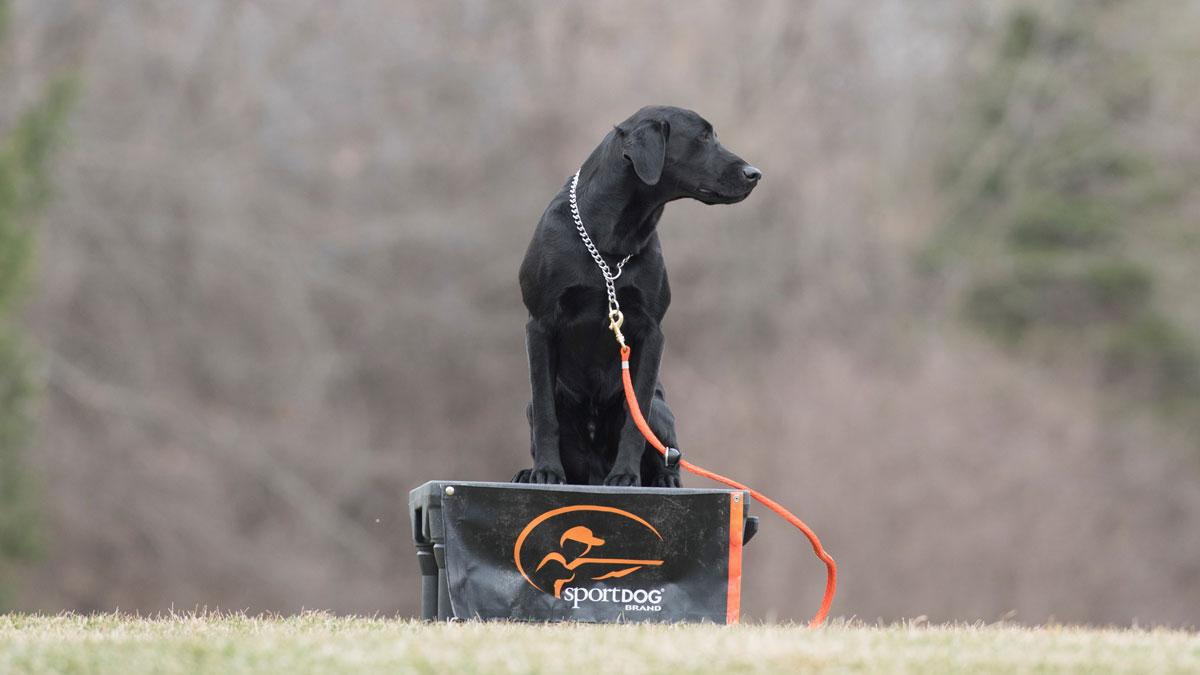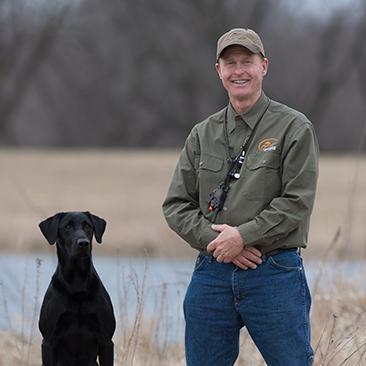
Off-Season Tune-Ups for a Better Fall
Posted by Tom DokkenSometimes during hunting season our dogs “get away with stuff,” for lack of a better description. This happens to everyone because, let’s face it, when the hunting is good, stopping to work on training isn’t top of mind. After all, bird seasons only last for a few short weeks or months and no one wants to miss a single minute.
It’s never too early to start getting ready for next fall. Spring and summer are ideal for that. It’s a time when you can think critically about your dog’s performance during the previous year’s waterfowl and upland outings and then work on things that need fixing.
The quality of your dog’s hunting performance directly relates to its obedience training. Here are two common areas where dogs tend to start bad habits during the excitement of hunting and what you can do to reinforce respect for obedience commands that will pay off this coming fall.
Reinforcing Steadiness
One area where retrievers often need some retroactive training after a good waterfowl season is in their compliance with steadiness. This is an easy one to let slip, and the reason is simple. During pre-season training, you are 100 percent focused on the dog. If you’re working on thrown marks and your dog breaks, you’re quickly able to stop it and correct the problem.
Not so with hunting. Your concentration during hunting is on shooting. Birds are coming in, excitement levels are off the charts, and you’re focused on just the right moment to pull the trigger. Steel starts flying, birds start falling and oh, your dog busted out of the blind five seconds ago and is halfway out to make a retrieve before you even get your eyeballs on it. Well, at that point it’s too late to call the dog back, and after it makes the retrieve it’s too late for discipline.
You may think, “Wow, I won’t let that happen again.” But more birds come piling into your decoys, excitement takes over and the cycle repeats itself.
The fix is not difficult, but you have to be dedicated to working on it. The key is to increase the training excitement to more closely mirror real hunting. Most people don’t do enough live-bird training during the off-season. I’d encourage you to use live pigeons and ducks during training more frequently. Yes, it takes more effort and expense, and maybe you can’t do it every session, but getting your dog under control when you’re working with the real thing will go a long way toward a better behaved dog come hunting season.
When you’re working on this retroactive steadiness training, bring plenty of help. Let someone else do the shooting so you can stay focused on reinforcing “Sit” or “Stay” or whatever command you use that means “Don’t move!”
Upland Control
Control during upland hunting is essential for both flushing and pointing dogs. I like my flushing dogs to work for grouse and pheasants within 20 yards of me. A bird that gets up at 20 and flushes straight away is already at 30 by the time you get a bead on it, resulting in a 30- to 35-yard shot at best. That’s OK.
What tends to happen as the season goes on and you get into more and more birds is that your dog will start pushing the boundary. It wants to work just a little faster and get just a little farther ahead. Pretty soon 20 yards is 30 or worse, and you start missing out on shot opportunities.
While pointing dogs of course can work farther out in front, a similar situation can develop if a dog starts hunting for itself with no regard for where you are.
In both cases, an e-collar can really pay for itself. With the easily adjustable correction levels on today’s collars, you can use very low-level stimulation to control your dog at a distance. I don’t mean you have to use the collar to make the dog come back to you every time, but simply to keep the dog working the way you want it to in much the same way you would use a check cord. A light correction tells your dog, “Hey, you’re headed out of bounds so you’d better get back in line.”
Collars that have vibe and tone features allow you to extend this idea. I’ve taught my dogs that a short tone or two means change direction and a constant tone means come all the way back in to me. What a great tool this is. No whistling or yelling needed!
Another thing you can work on during the off-season if you didn’t already have it in place last fall is to have your dog stop on the whistle. For retrievers, one sharp whistle blast means “Sit.” For pointing dogs, it means stop, or “Whoa” and stay stopped until released. This is an easy concept that you can teach in the yard. Then, out in the field, as with other commands, you can reinforce it with the e-collar if necessary. This is a great control command to have handy when your dog is on a running bird and you need to slow down the chase so you can catch up.
However you decide to use the off-season, any training is good training. Make the most of it by focusing on the things that will make next season even better than the last.

Tom Dokken
Northfield, MN
Dokken brings more than 45 years of retriever-training experience to the SportDOG team. He is well known as the inventor of Dokken’s Deadfowl Trainer, which has become standard equipment for retriever trainers everywhere. He is the owner of Dokken Dog Supply and Dokken’s Oak Ridge Kennels, the largest gun dog...
